Aging Gracefully And Staying Active
 Aging gracefully is always better than alternatives. You look your best and face the future with optimism and joy. It’s about staying active and fit, enjoying the company of others, and exuding a spirit of happiness for all that life has to offer. Instead of being the cranky old man or woman who yells, “Get off my lawn.” You enjoy the company of others and welcome people into your life. Many things affect how well you age. You can’t control all those variables, but you can control some. When you gracefully grow old, you focus on the things you can control.
Aging gracefully is always better than alternatives. You look your best and face the future with optimism and joy. It’s about staying active and fit, enjoying the company of others, and exuding a spirit of happiness for all that life has to offer. Instead of being the cranky old man or woman who yells, “Get off my lawn.” You enjoy the company of others and welcome people into your life. Many things affect how well you age. You can’t control all those variables, but you can control some. When you gracefully grow old, you focus on the things you can control.
What you eat makes a big difference.
If your primary sustenance is junk food, you may not age gracefully. You might know someone who doesn’t eat healthy but still looks fantastic and robust. Life isn’t always fair. Those people may have exceptional genes, eat healthier in private, or have other factors that maintain their youth. For most people, focusing on good nutrition can help you stay fitter. It provides the necessary nutrients for good health and improved immunity. A healthy diet helps prevent obesity, which leads to serious conditions and makes you look and feel older.
Staying active plays a major role in mental and physical fitness.
Staying mentally and physically active is necessary for graceful aging. Mental activity keeps you sharp and interesting. It helps promote a healthy social life. Studies show that people who have a good social life live longer. Staying active physically keeps your body and mind stronger. It helps lower blood pressure, reduce the risk of diabetes, and improve heart health. Staying active helps you mentally, too. It keeps oxygenated and nutrient-laden blood flowing to the brain, reducing the risk of neurological disorders.
Get adequate quality sleep.
If you fall asleep watching TV and sleep in the chair with the TV blaring for hours, you aren’t necessarily getting quality sleep. Your brain requires that you go through four stages of sleep several times throughout the night. There are non-rapid eye-movement stages. One is a rapid eye movement stage. Quality sleep allows your body to heal and your brain to recuperate and reorganize. Adequate, quality sleep helps protect your heart, boosts your energy, improves your mood, and aids in weight management. Exercising regularly, sleeping in a cool, dark room, and maintaining a sleep schedule helps you sleep better.
- Exercising helps improve digestion and the quality of your microbiome. A healthy diet also helps the microbiome. Scientists call the microbiome our second immune system. It also affects your mental health.
- Exercise also lengthens the telomeres, which prevent the chromosomes from unraveling. The longer the telomere, the better it is. Once the telomere is gone, damage to the cell or cell death can occur. That can cause illness, aging, and death.
- Smile more. Laughter is the best medicine. Studies show that people who smile more live longer, healthier lives. An attitude of gratitude for all the blessings you have also improves your life.
- Enjoy the outdoors and do safe sunning. Studies show most Americans have a vitamin D deficiency, especially seniors. Spending time in the sun can help.
For more information, contact us today at Team-ISC

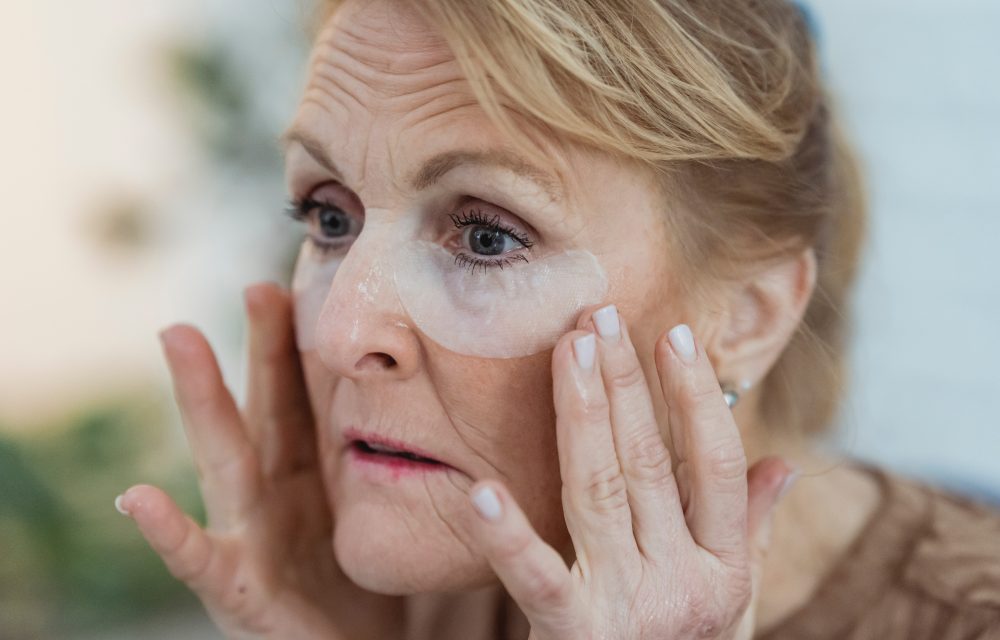
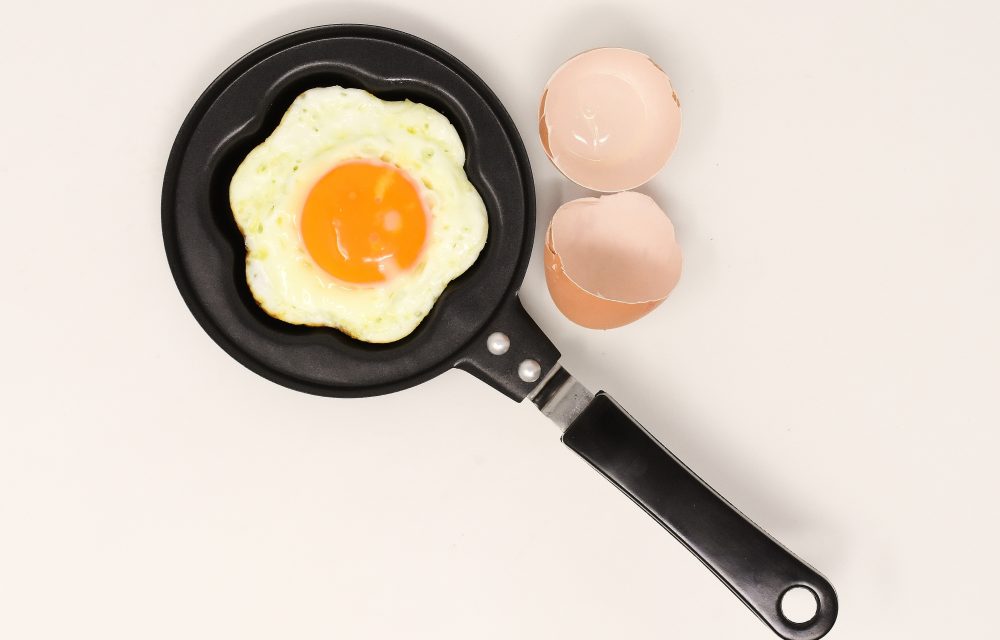

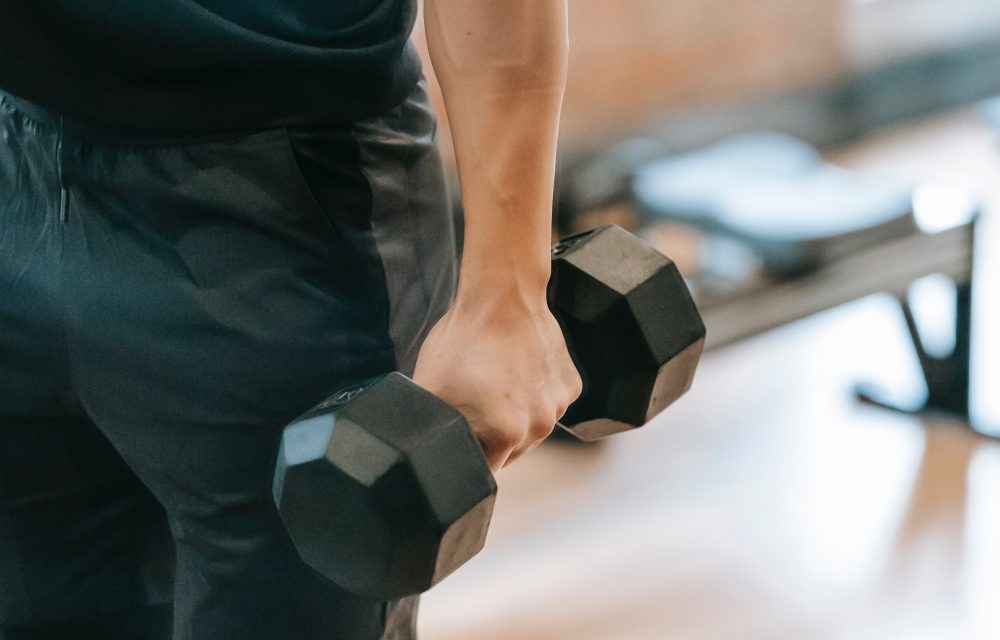

 People understand a mind and body connection exists. Fitness is about being in the moment and focusing. That focus affects both physical performance and mental health. Stress, which emanates from the mind, causes the brain to release hormones that trigger changes in the body to prepare it to fight or run. Those hormones cause changes in blood flow and can create brain fog. Exercise can reverse those changes. If not reversed, they can create serious illnesses. Learning to calm the mind can also improve overall health. Ensuring the mind and the body are fit is imperative to good health.
People understand a mind and body connection exists. Fitness is about being in the moment and focusing. That focus affects both physical performance and mental health. Stress, which emanates from the mind, causes the brain to release hormones that trigger changes in the body to prepare it to fight or run. Those hormones cause changes in blood flow and can create brain fog. Exercise can reverse those changes. If not reversed, they can create serious illnesses. Learning to calm the mind can also improve overall health. Ensuring the mind and the body are fit is imperative to good health.
 Team ISC in Sacramento, CA, we want the workout to be designed around clients’ fitness levels and slowly push past their comfort zone. Challenging yourself is vital to making fitness progress. If the workout isn’t challenging both mentally and physically, you won’t see the progress you want. You’ll maintain your fitness level when you continue to do the same workout without pushing, but you won’t improve. Improvement only comes when you make your workout a little harder.
Team ISC in Sacramento, CA, we want the workout to be designed around clients’ fitness levels and slowly push past their comfort zone. Challenging yourself is vital to making fitness progress. If the workout isn’t challenging both mentally and physically, you won’t see the progress you want. You’ll maintain your fitness level when you continue to do the same workout without pushing, but you won’t improve. Improvement only comes when you make your workout a little harder.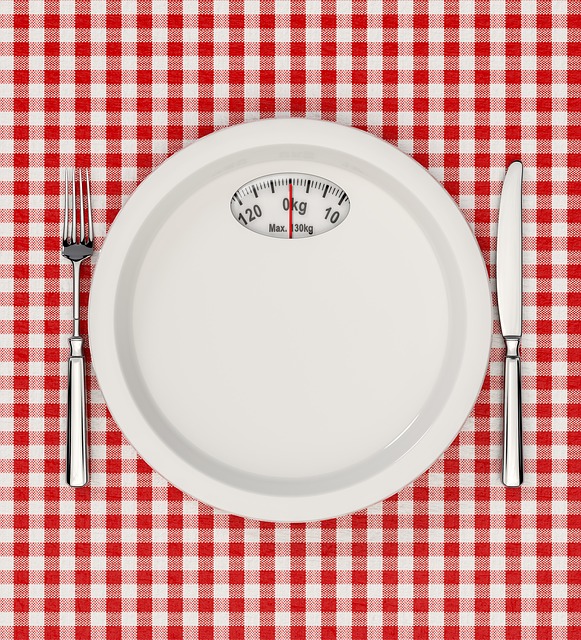
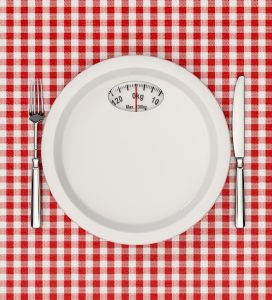 One unfounded belief is that to eat healthily, you can only eat lettuce, fresh vegetables, and broiled chicken or something the equivalent of that. You can eat healthier without depriving yourself by making a few changes. It doesn’t mean you give up all sweet treats. It does mean you can’t eat them every day, and when you do, eat one serving size. A scoop of ice cream occasionally is okay, but eating a quart a day is not healthy. So how do you start?
One unfounded belief is that to eat healthily, you can only eat lettuce, fresh vegetables, and broiled chicken or something the equivalent of that. You can eat healthier without depriving yourself by making a few changes. It doesn’t mean you give up all sweet treats. It does mean you can’t eat them every day, and when you do, eat one serving size. A scoop of ice cream occasionally is okay, but eating a quart a day is not healthy. So how do you start?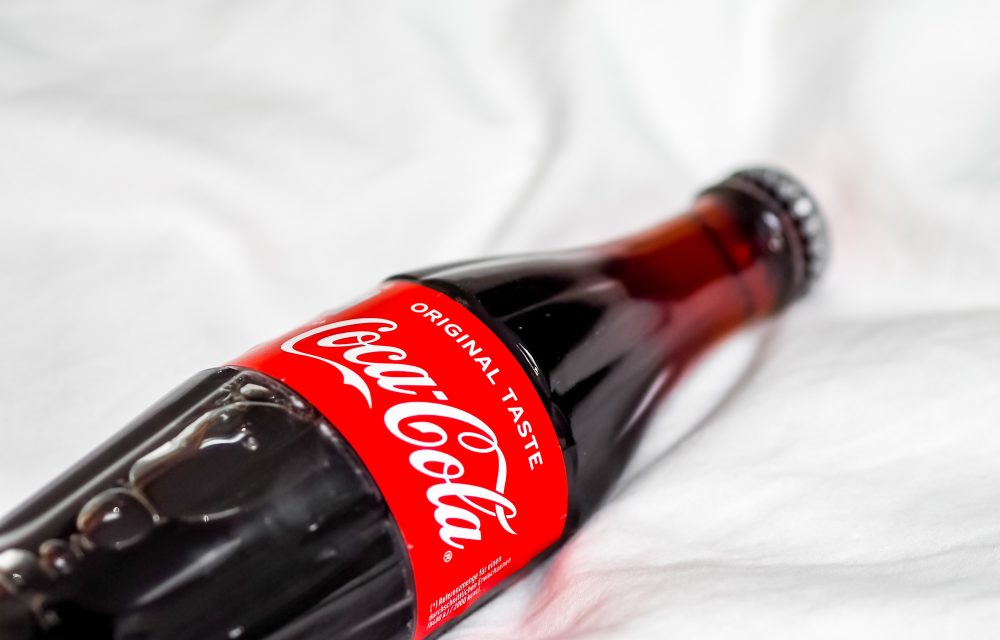
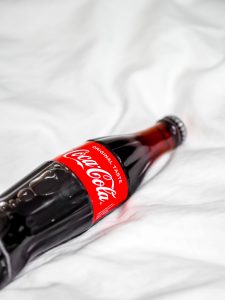 If you’re battling to put on muscle and weight in Sacramento, CA, you might think drinking more soda is a good idea. If you’re bulking up, soda and junk food aren’t the answer. You can gain weight and stay healthy at the same time. Everyone is different. Their metabolism and builds differ. It’s why some people seem to eat everything and never gain a pound. That is the envy of those who gain weight easily, but it’s not desirable if you want big muscles.
If you’re battling to put on muscle and weight in Sacramento, CA, you might think drinking more soda is a good idea. If you’re bulking up, soda and junk food aren’t the answer. You can gain weight and stay healthy at the same time. Everyone is different. Their metabolism and builds differ. It’s why some people seem to eat everything and never gain a pound. That is the envy of those who gain weight easily, but it’s not desirable if you want big muscles.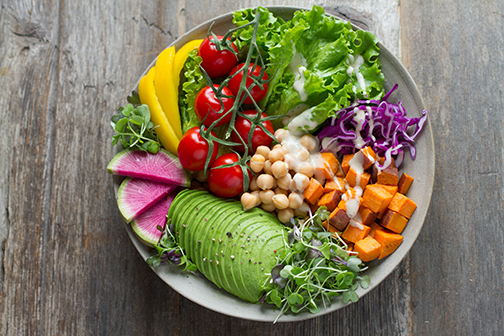
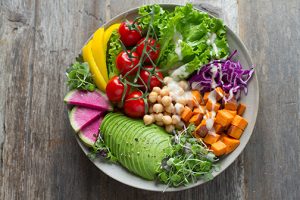 Everyone wants the best and most effective diet for shedding fat and maintaining good health. Some people in Sacramento, CA, have turned to a low-carb diet. Is it easier to maintain? Does it work? Is it all hype and another way to sell books or get clicks on articles? Low-carb diets aren’t new. They’ve been around since the mid-1800s when Claude Bernard, a French physician, gave a dietary theory conference
Everyone wants the best and most effective diet for shedding fat and maintaining good health. Some people in Sacramento, CA, have turned to a low-carb diet. Is it easier to maintain? Does it work? Is it all hype and another way to sell books or get clicks on articles? Low-carb diets aren’t new. They’ve been around since the mid-1800s when Claude Bernard, a French physician, gave a dietary theory conference
